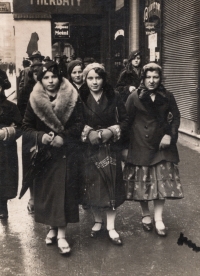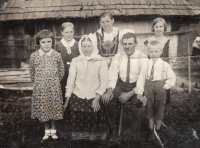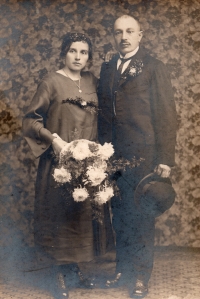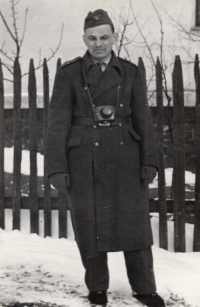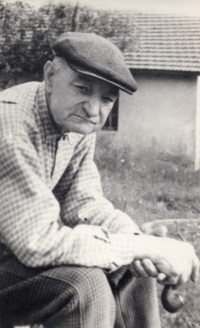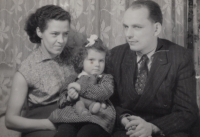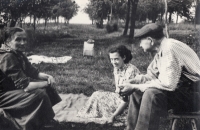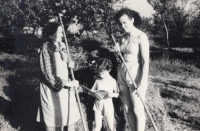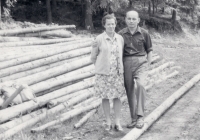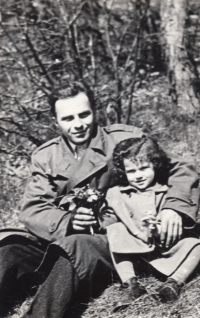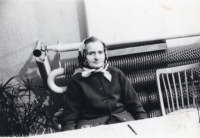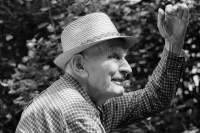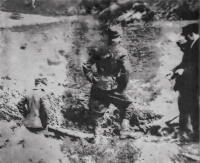The people hoped that was the last war they would witness
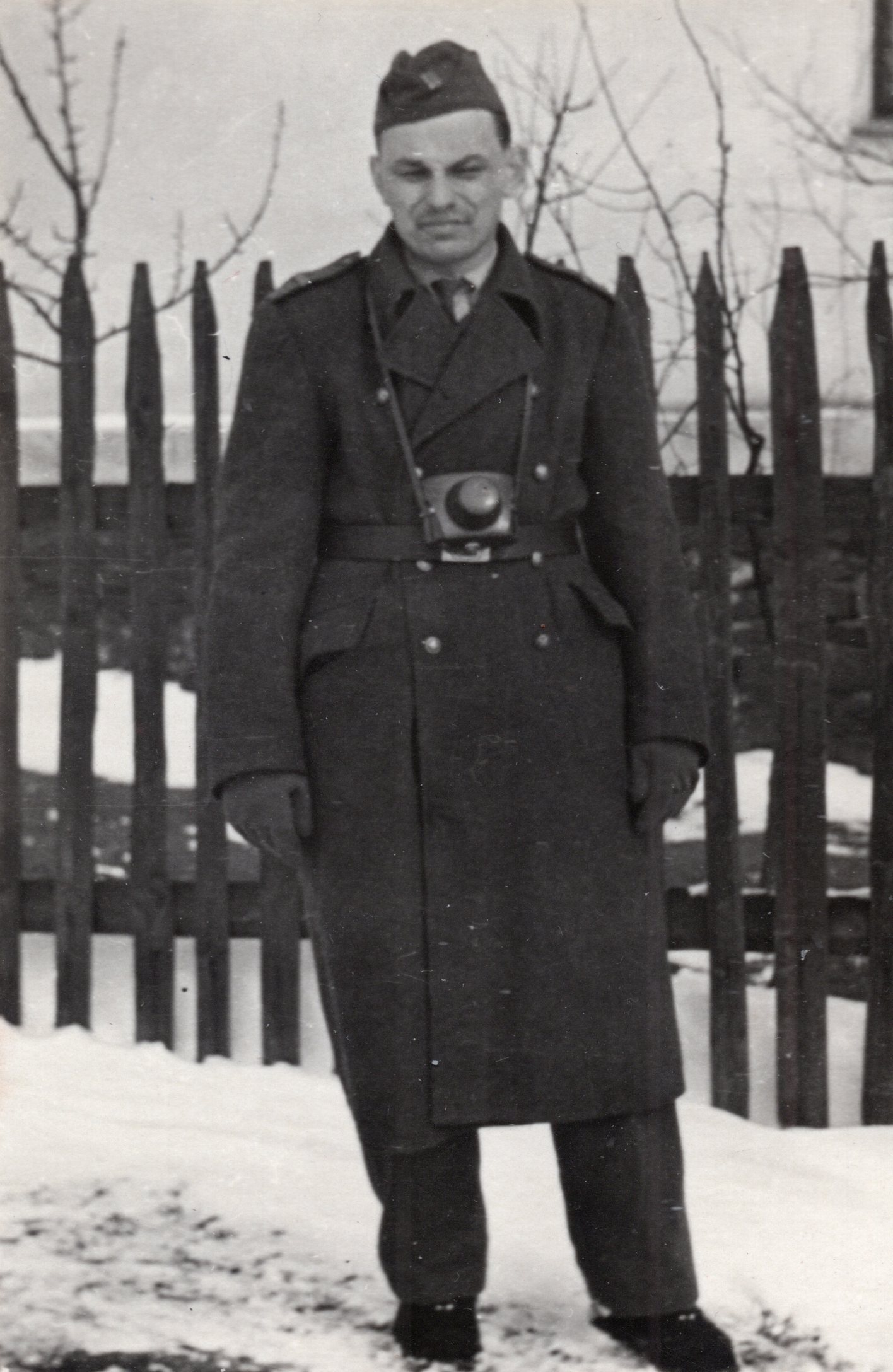
Download image
Ludvík Monsport was born in the Véska colony of Příbor on 17 July 1925. When he was two years old, his parents Karel Monsport and Anna Monsportová moved to Klimkovice where they bought a property. Ludvík Monsport perceived the events around him from early childhood. He witnessed the impact of the 1930s crisis on the Ostrava region. When Klimkovice, a majority Czech town, was annexed to the Sudetenland in October 1938, he was 13 years old and a fan of electronics and photography. He listened to foreign radio and also built radio receivers. When he started his apprenticeship at the Ostrava nitrogen works in 1940, he helped some of his coworkers modify their radios, likely not realising how risky this was. At the very end of the war, he captured the wreckage of a downed Soviet La-7 fighter that had crash landed not far from his house. After the war, he entered a technical high school in Vítkovice, graduated in 1949 and enlisted in the army in Rokycany. His family was affected by the collectivisation of agriculture in the 1950s. Ludvík’s brother Karel had to enlist in the Auxiliary Technical Battalions (PTP) because his father refused to join the farming cooperative (JZD), which he eventually joined. After his military service, the witness worked at Urx for a while and then again in the nitrogen plant. He moved to Slovakia in 1982 while staying employed with his former employer. In 2025, he was living in Klimkovice where he had returned after twenty years spent in Slovakia.
